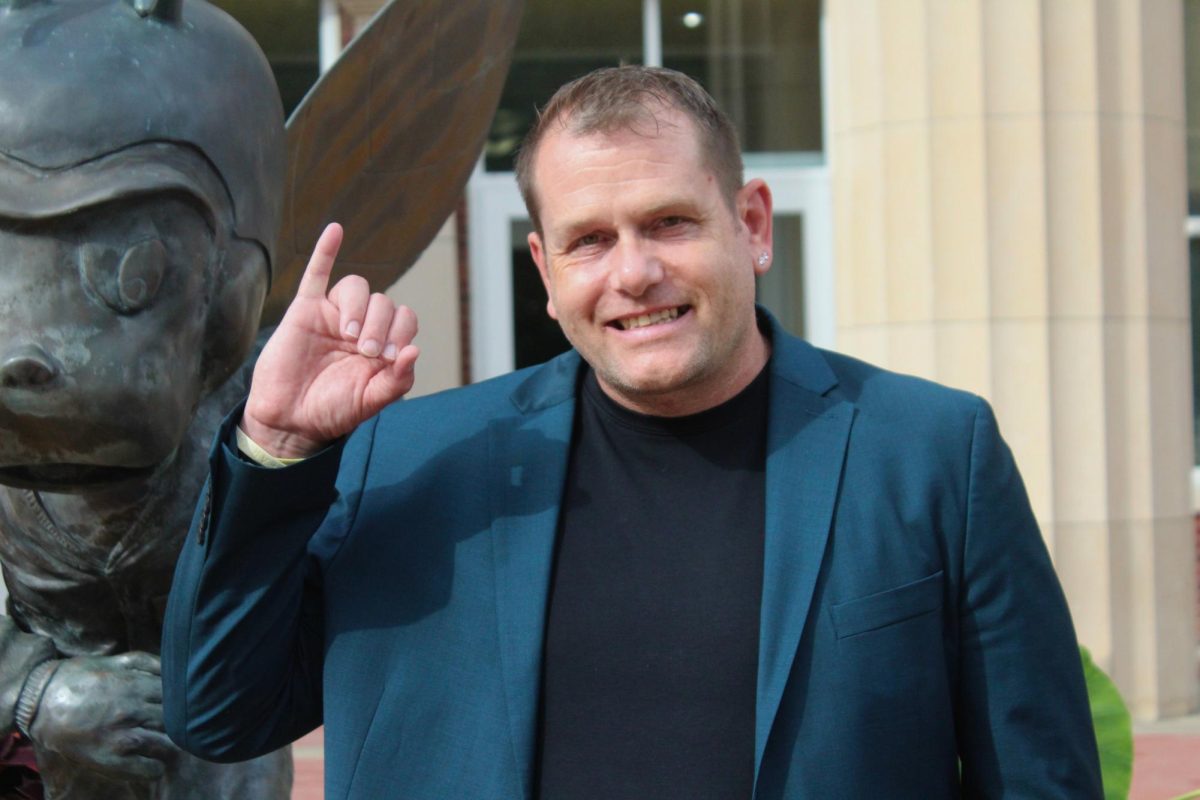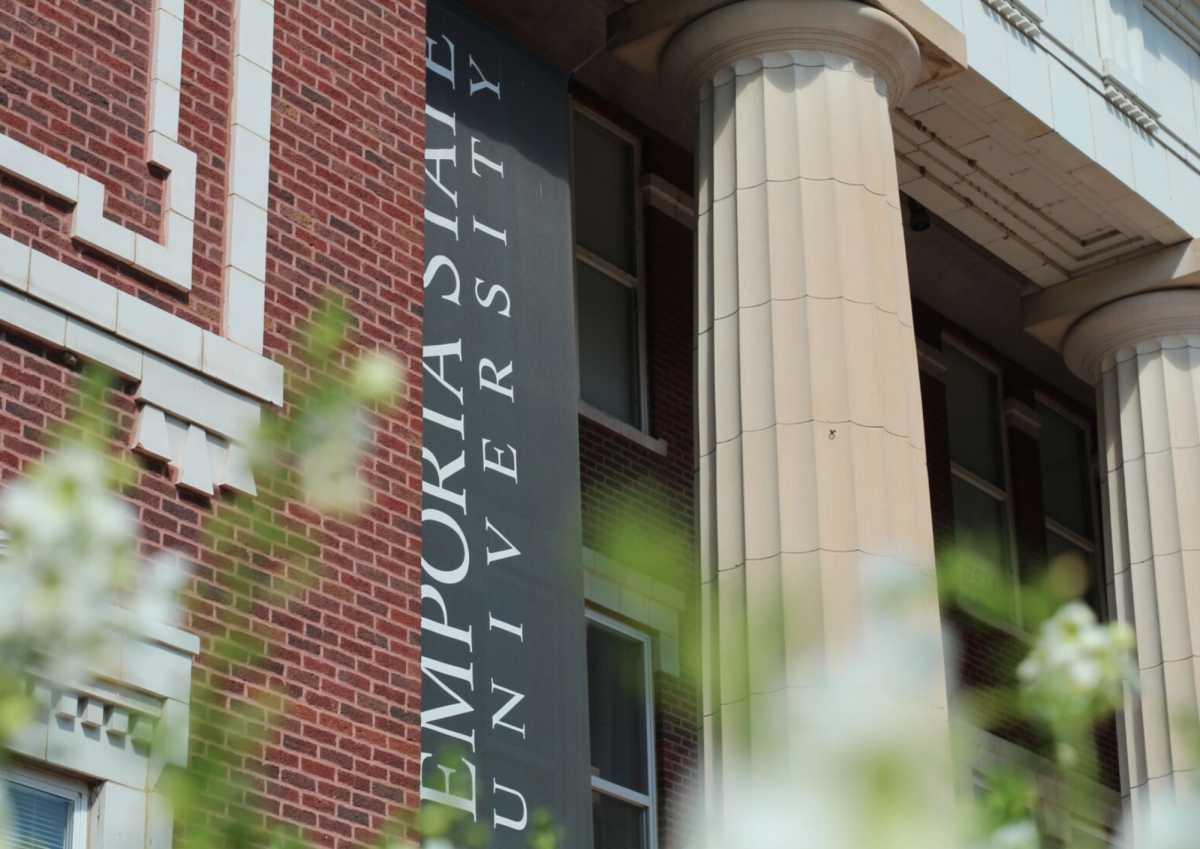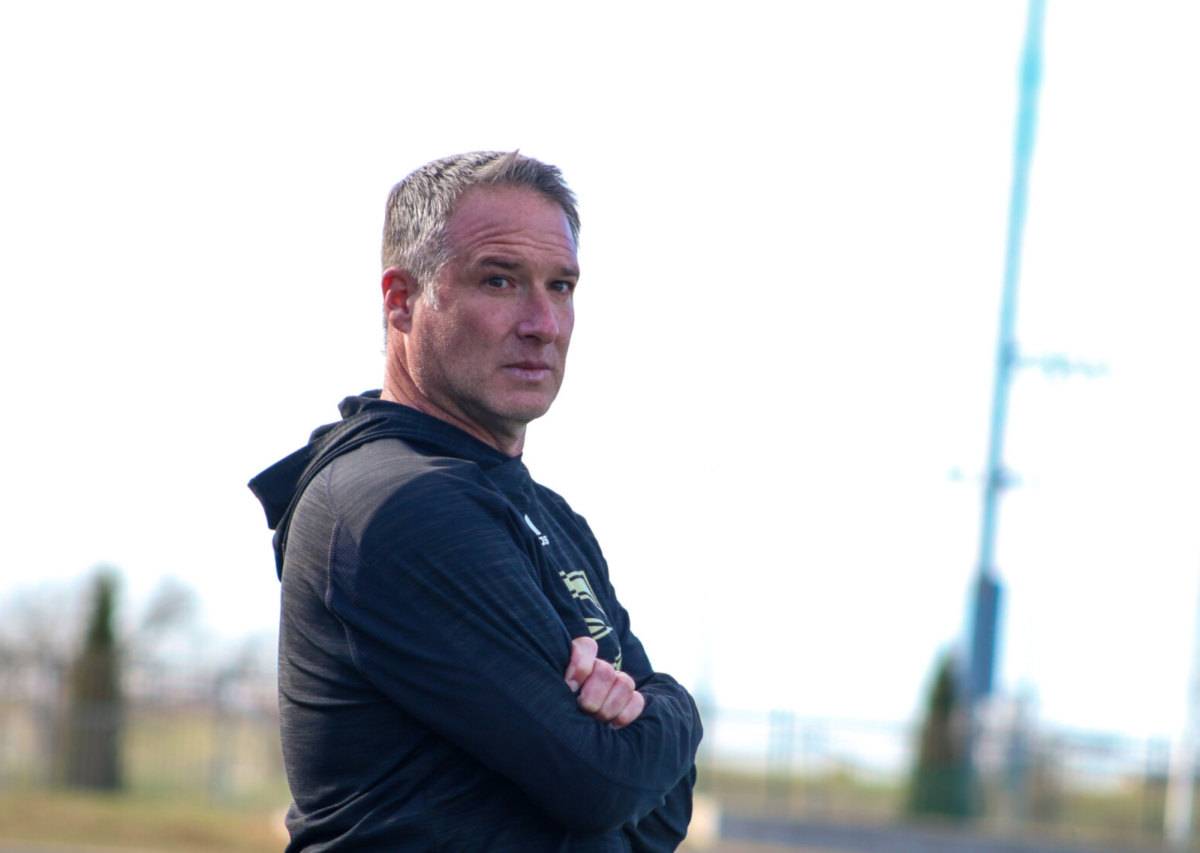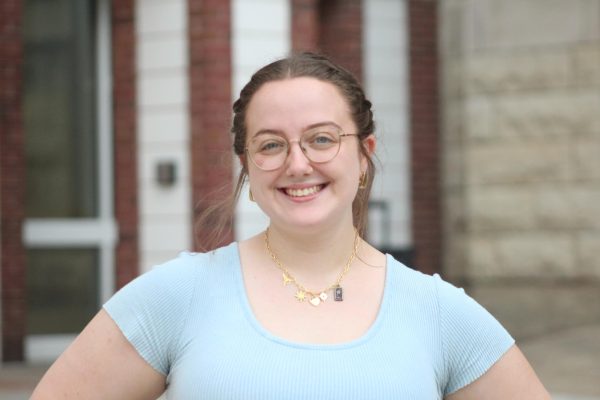David Garlock started his presentation at Emporia State with a simple but loaded question: “What do you think I went to prison for?”
A criminal justice reform advocate and reentry expert, Garlock and his brother were incarcerated for taking the life of their abuser. They were each sentenced to 25 years in prison. After serving over 13 years and furthering his education while in prison, Garlock was released in 2013 with help from Bryan Stevenson, founder of the Equal Justice Initiative. Since his release, Garlock has been pardoned and obtained a Bachelor’s degree. He continues to serve on various non-profit boards, including the Pennsylvania Reentry Council, and uses his voice to push for criminal justice reform.
In a visit sponsored by the School of Humanities and Social Sciences, Alpha Kappa Delta, and the Criminology Club on March 6, Garlock presented ‘What Your Textbook Doesn’t Teach You’ to ESU students and members of the Emporia community in Albert Taylor Hall. While he detailed his own experience within the prison system, his presentation also took aim at explaining the trauma to prison pipeline, the importance of labels, post-release challenges former incarcerees face and other aspects of criminal justice reform.
“I want (people) to have a holistic view,” Garlock said. “It’s one thing to read the textbook, it’s another, as I’ve shared in this presentation, to actually see what happens in the system and with reentry policy.”
Rebecca Rodriguez-Carey, assistant professor of sociology and criminology, helped to organize the event alongside associate professor Alfredo Montalvo.
“It was important to bring him to campus for students and the community to have opportunities to hear from those with lived experience in the criminal legal system to more fully understand the impact of incarceration,” Rodriguez-Carey said. “When students can apply what they’ve learned in the classroom, it brings about some of the most intellectually-stimulating conversations around criminology that I’ve seen.”
Drawing from some of his own experience, Garlock largely detailed the types of challenges people who are incarcerated face once released from prison and the misconceptions surrounding recidivism, or the likelihood of an individual to reoffend post-release.
While the carceral system contends it wants individuals to succeed upon reentry, he said prisons provide little reentry preparation to incarcerees. He called the institutions a “revolving door.”
“It goes back to the fact that our system in its totality is doing what it’s meant to do. It’s meant to keep people incarcerated, to be this revolving door, and that’s what it is,” he said.
Garlock’s talks at colleges, universities, and other events about reform, advocacy and the issues pervading the prison system are done in hopes of initiating change. In his own fight for geriatric parole programs, Pell Grant funding for incarcerated students and abolishing death by incarceration, he aims to encourage others, especially young people, to take part in the fight for reform.
“Voters, young people, have the power,” he said.






